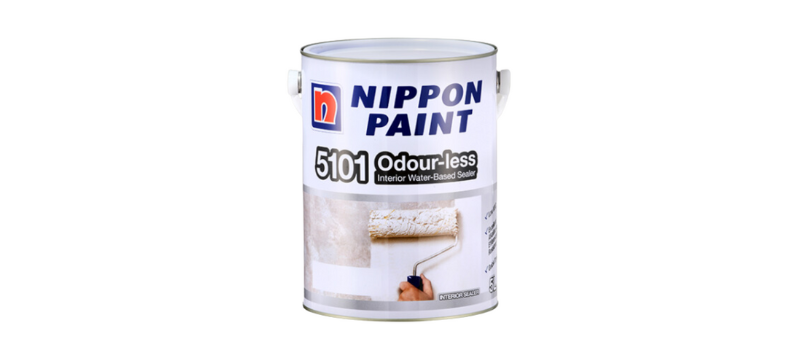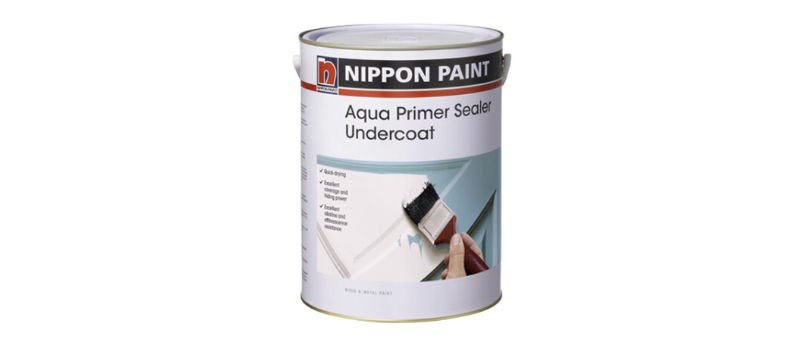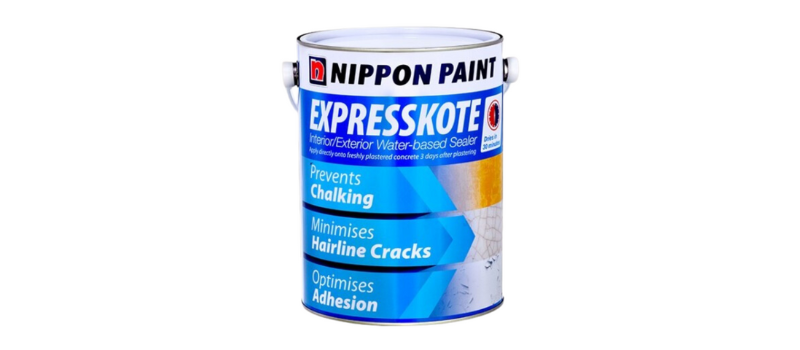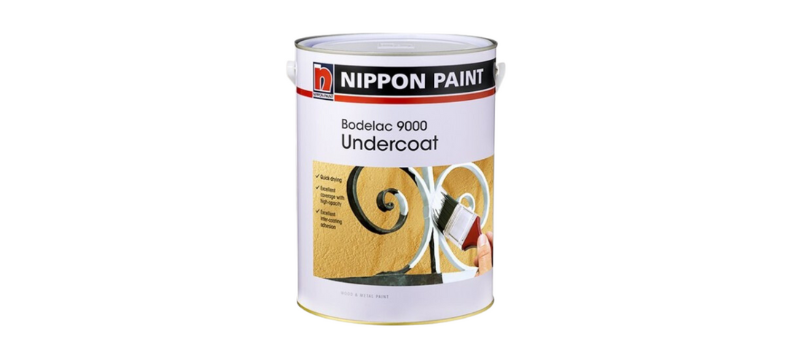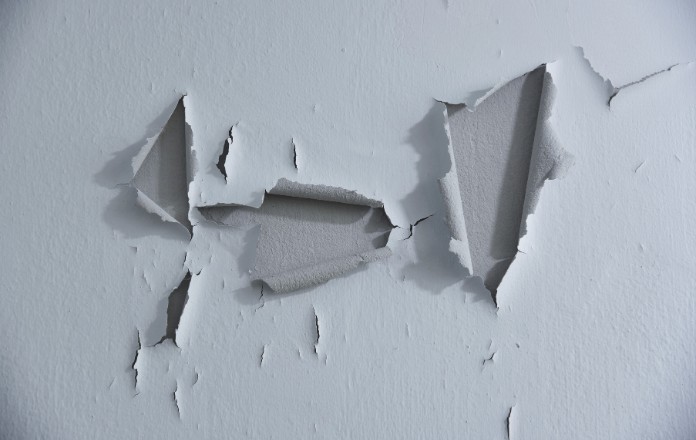
Paint peeling off the wall can be an eyesore but there are ways you can fix it. Our guide will help you to identify the causes of flaking paint, fix the problem and freshen up your walls. We also share some tips on how you can prevent paint from chipping off the surface again.
What Causes Paint to Peel
Identifying the causes of peeling paint allows you to not only fix the issue but also take measures to prevent it from recurring. The following are some common causes of chipping paint.
Dryness
Environmental factors such as intense sunlight and high temperatures can contribute to excessive dryness on the wall surface. This in turn increases the evaporation rate, causing moisture to be drawn out from the wall faster. As a result, the paint dries out too quickly and becomes more likely to peel.
Expired Paint
With time, the components of paint can degrade, affecting its adhesion properties. When you use old or expired paint, it might not adhere properly to the surface, leading to problems like blotchiness or flaking.
Improper Surface Preparation
If the surface was not properly cleaned and primed before painting, the paint might not adhere well, causing it to peel.
Layering Different Paint Types
Paint comes in various formulations and does not mix well without the right preparation. Different types of paint such as latex-based paint and oil-based paint don’t mix well due to their differing properties. This incompatibility can result in flaking paint.
Moisture
Leaks, high humidity or condensation can cause moisture to seep into the wall. When this happens, the bond between the paint and the wall is weakened. The paint eventually loosens and peels off.
Using the Wrong Paint
Different surfaces require different types of paint for optimal adhesion. For instance, wood surfaces that are rich in natural oils may form a barrier that impedes the paint from bonding properly. Hence, it’s important to use wood paints specifically formulated for wood surfaces. Otherwise, issues such as blistering or flaking can happen if the wrong type of paint is applied.
How to Fix Flaking Paint
By following the steps below, you can effectively remove peeling paint and restore the beauty of your walls.
Here’s a list of tools you should get ready before attempting to repair your wall:
- A damp cloth
- Dropsheets
- Microfibre cloth
- Paint brush or paint roller
- Paint scraper
- Painter’s tape
- Personal protective gear
- Primer
- Paint
- Putty knife
- Sandpaper
- Wall putty
Note!
Before you attempt to fix your wall, it’s crucial to determine if the paint contains lead. Lead-based paint was commonly used in homes before it was banned in 1978 to reduce the risk of lead poisoning. If your building was constructed prior to 1978, it’s likely to contain lead-based paint.
To assess the presence of lead, you can purchase a lead test kit from a hardware store or hire a certified company to do the testing. If the test confirms the presence of lead-based paint, don’t try to remove it on your own. It’s strongly recommended to engage a professional contractor who is experienced in handling it safely.
Step 1: Prepare the work area
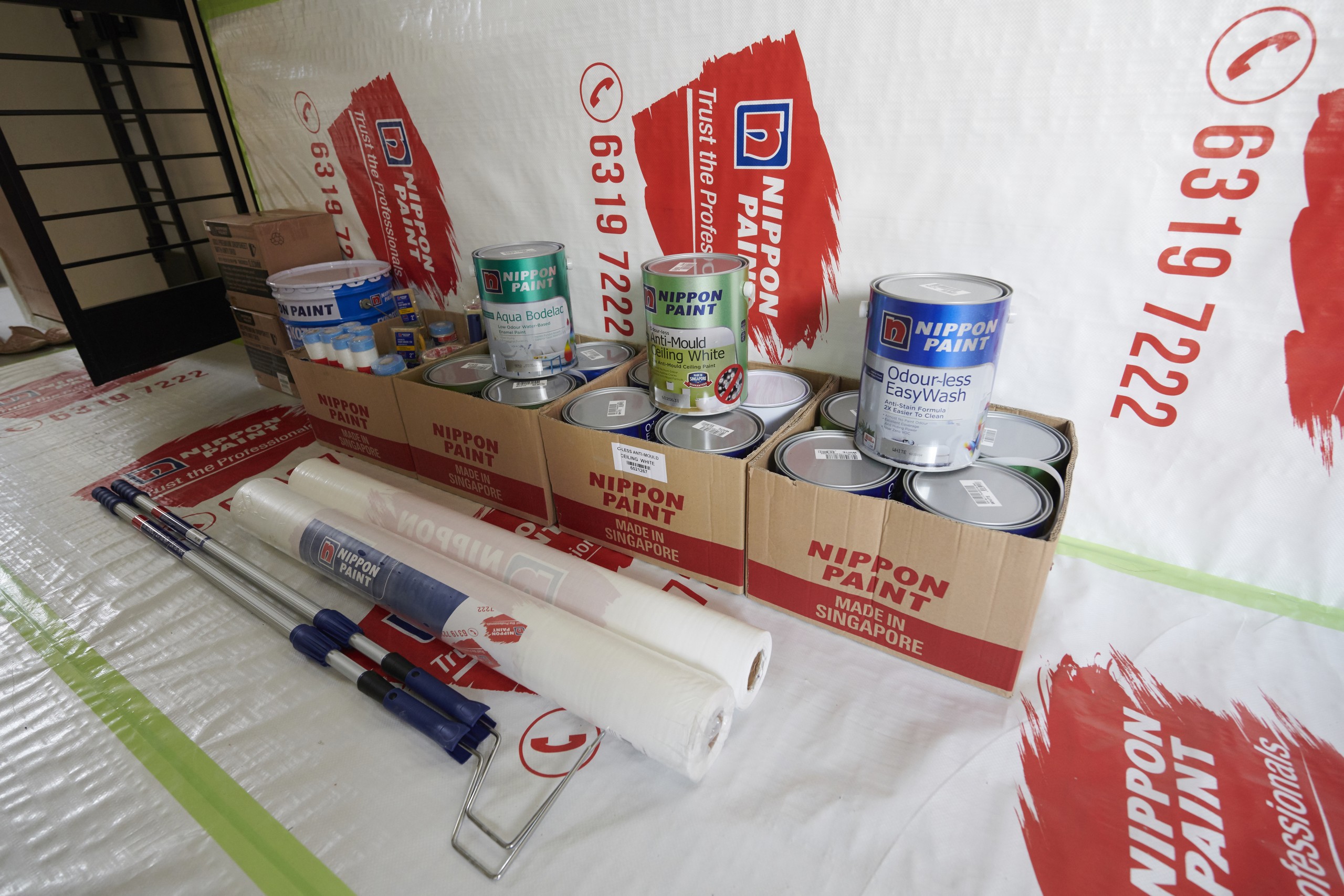
Ensure you’re wearing the necessary protective gear such as working gloves, safety glasses and a mask. Open windows and doors to keep your room well-ventilated.
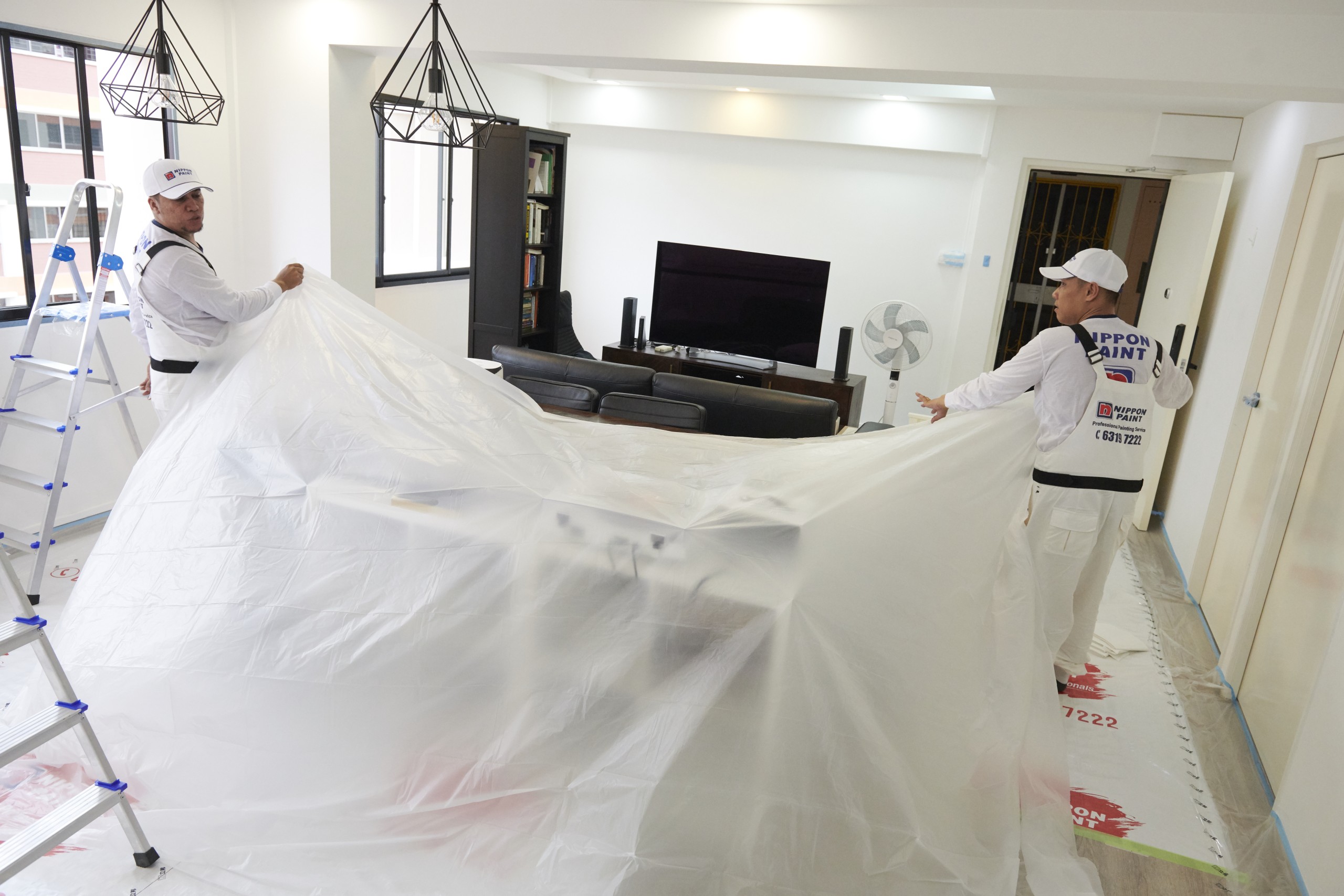
Next, remove furniture, rugs and other items from your workspace to avoid damage from falling paint chips. If there are items that can’t be moved, cover them with a dropsheet. Protect the floor with another piece of dropsheet to prevent paint from dripping on it.

Using painter’s tape, mask off areas you do not want to be painted, such as sockets and light switches.
Step 2: Remove the peeling paint
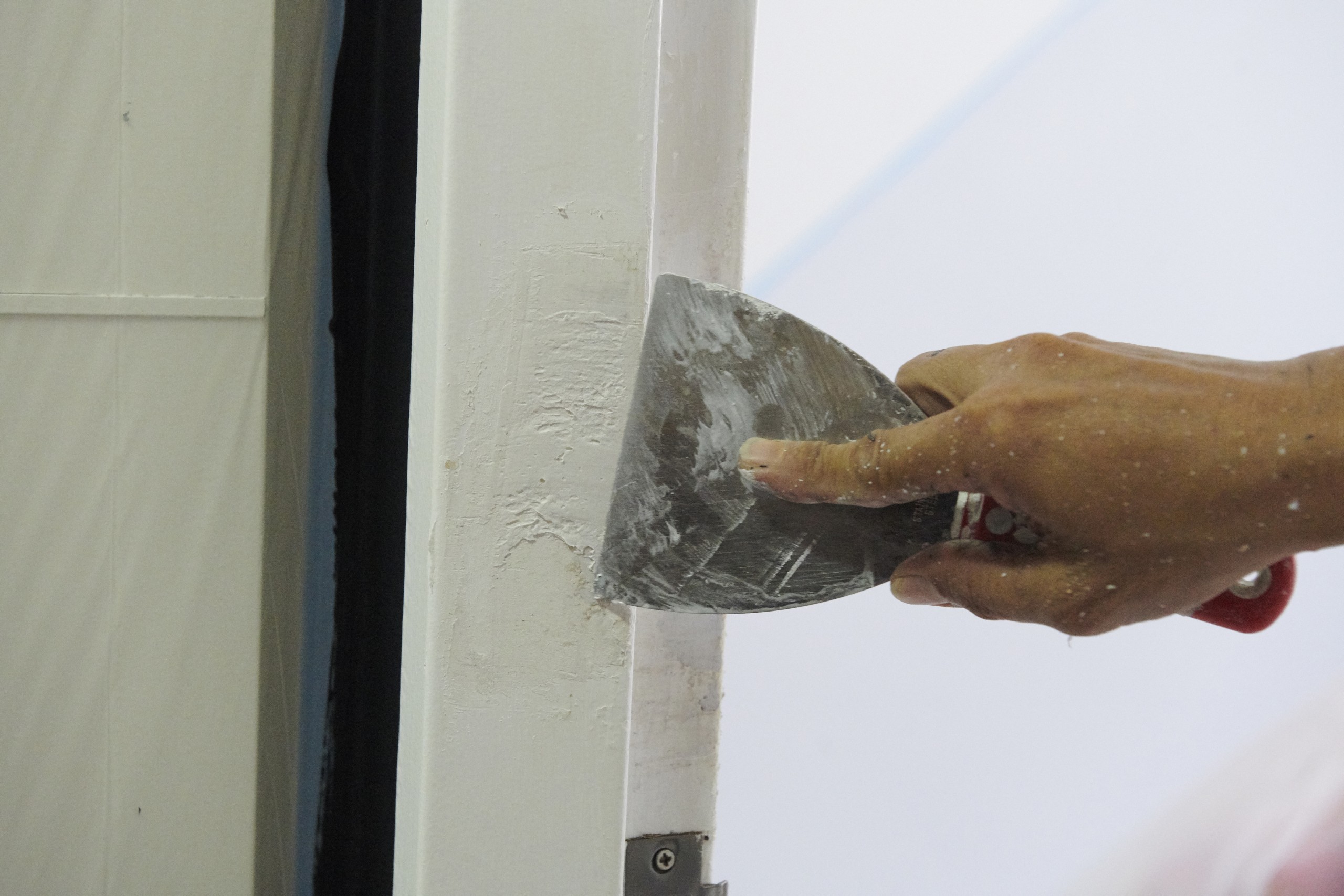
Use a paint scraper to gently remove the loose paint. Avoid using too much pressure or you might damage the underlying layer.
Step 3: Repair any holes or cracks
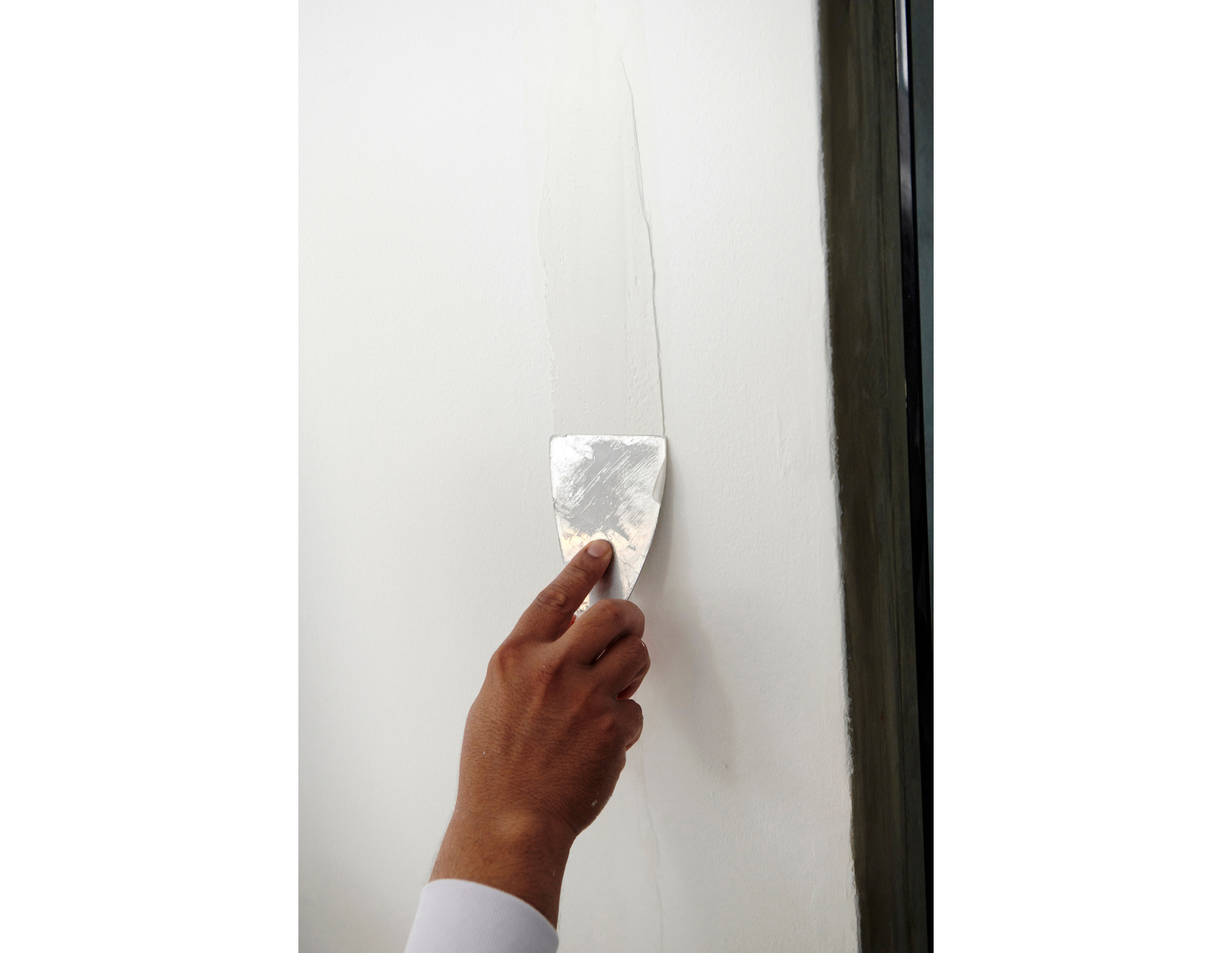
Any damages in the walls can affect the smoothness of your paint job. You should fix the cracks and holes before applying a new layer of paint. Using a putty knife, apply wall putty to fill the entire hole or crack. Then, smooth it so it’s level with the wall surface. Allow the filler to dry completely.
Step 4: Sand the surface
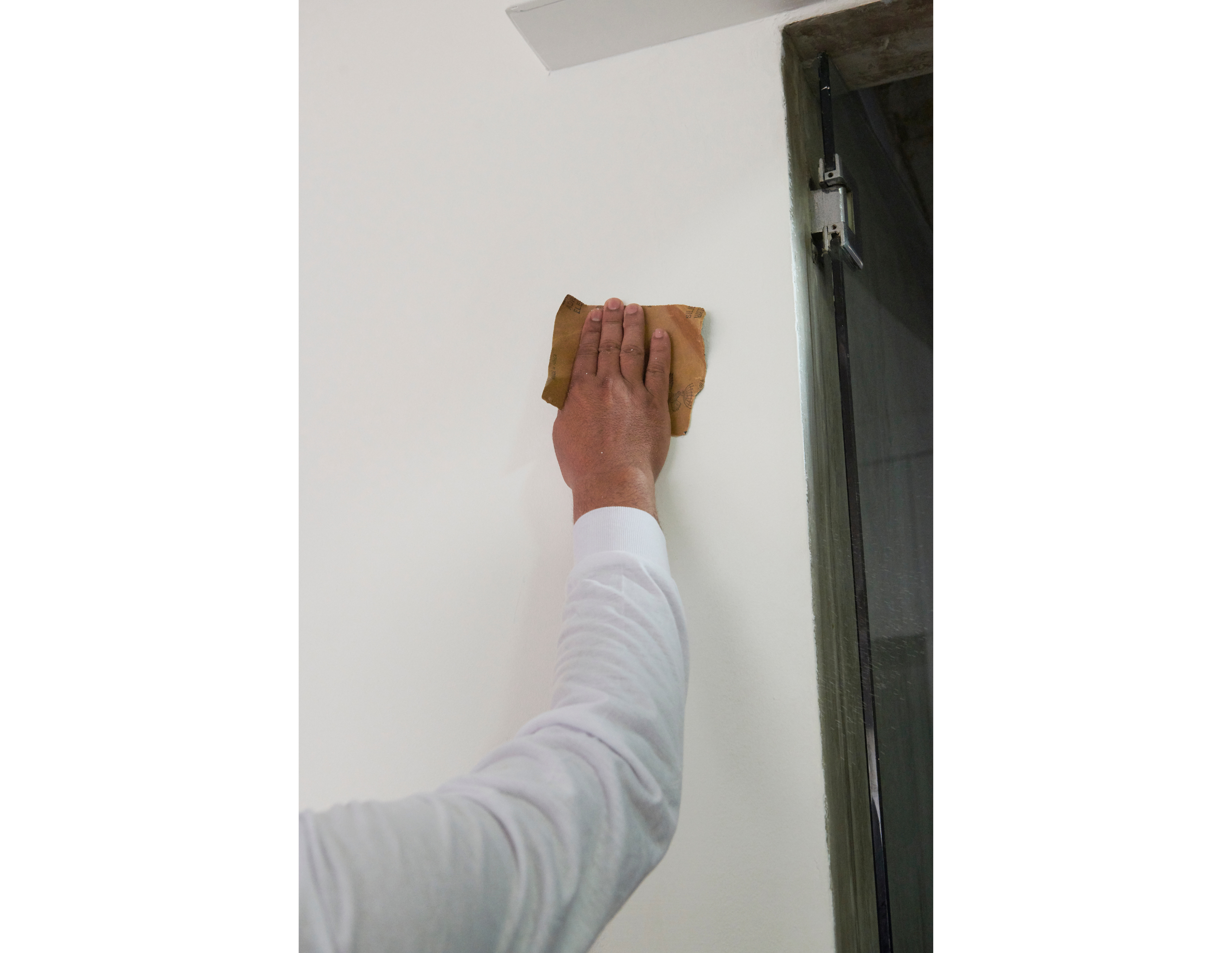
Once the putty is dry, sand the area with sandpaper to create a smooth surface. This helps to smooth out any imperfections and allows the paint to adhere better, reducing the likelihood of chipping in the future.
Step 5: Clean the wall
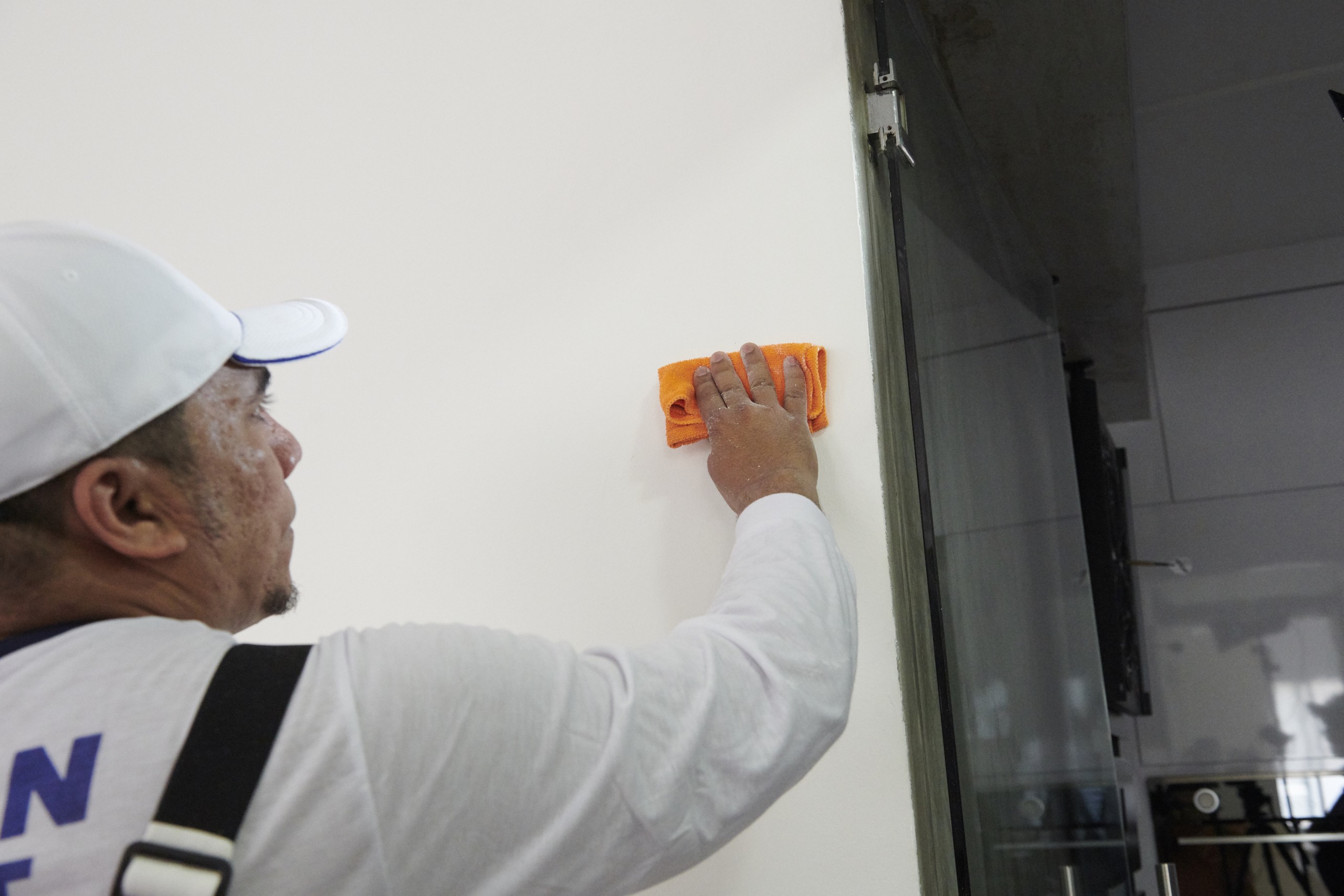
Impurities can result in an uneven paint job or prevent the paint from adhering properly. That’s why it’s important to clean your wall with a microfibre cloth to remove any grime or dirt. You should then apply a coat of No More Chalk to seal up the powdery substances.
Step 6: Prime the wall
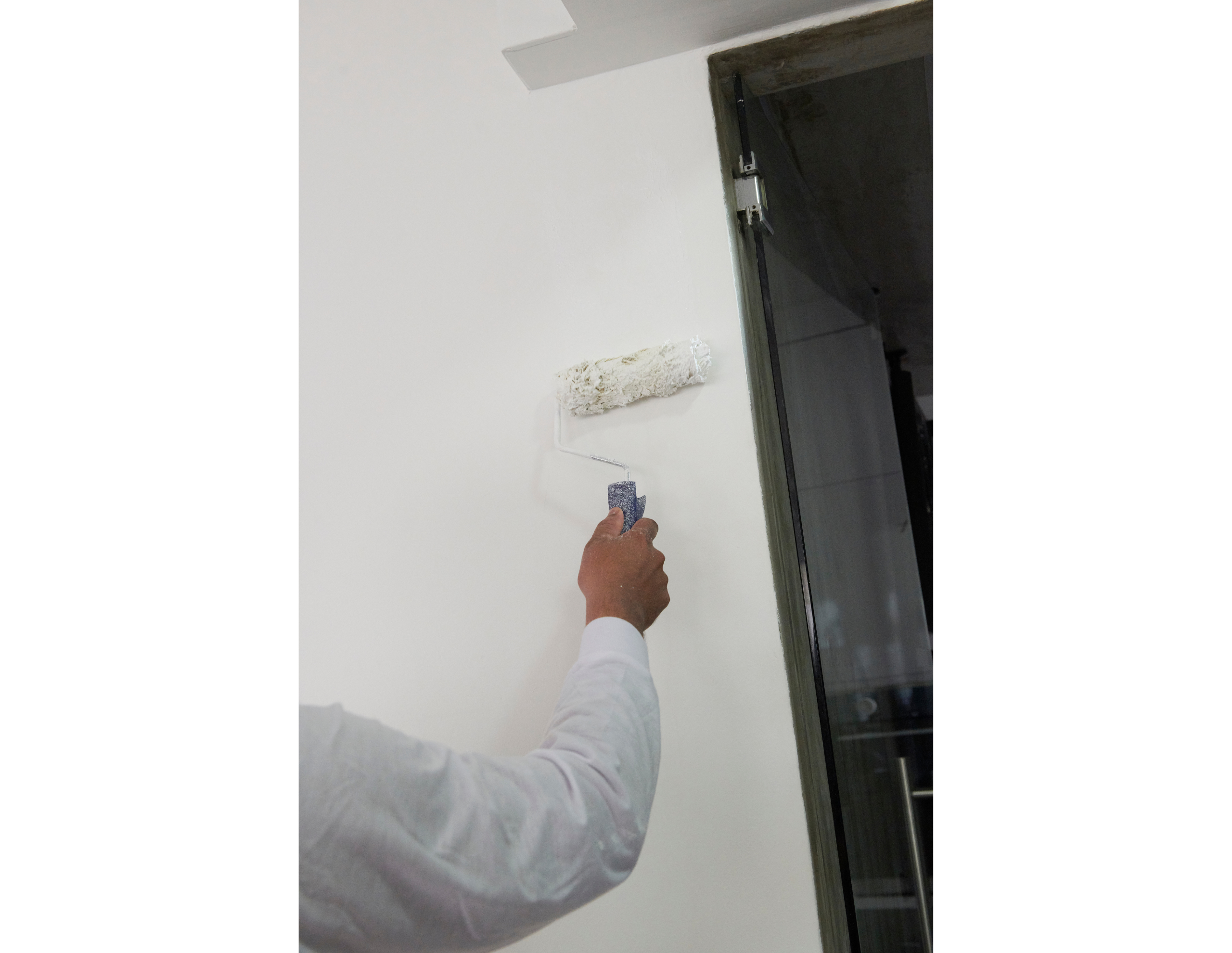
Apply a coat of 5101 Odour-less Wall Sealer to the surface. This will help the new paint adhere to the wall and prevent future peeling. You should also use a sealer that’s designed for the specific type of surface you’re painting. Nippon Paint offers different types of primers, sealers and undercoats tailored to various surfaces and painting requirements:
Suitable for: concrete or cement, fibre-cement panels, partition panels or plasterboards
Suitable for: cement plaster, brickwork, hard/soft boards, gypsum and concrete
Suitable for: masonry walls, ceilings, wood, metal and plastic
Suitable for: new and old cement-rendered surfaces
Suitable for: timber, metal, stainless steel
Step 7: Paint the area

After the primer has dried, paint the surface with high-quality paint suitable for your surface material. Apply the paint evenly with a paint brush or roller.
How to Prevent Paint From Chipping
Stopping paint from peeling in the future is just as important as repairing the existing damage. The following are some steps you can take to prevent the same issue from happening.
Ensure the Surface is Properly Prepared
Surface preparation is a crucial step in the painting process and skipping it can lead to a myriad of problems, including flaking paint. Before you carry out any painting works in the future, ensure that the surface is properly prepared.
While it’s possible to do this yourself, hiring a professional painting service to do the job can be a wise investment. From prepping the wall to painting, they have the experience and tools necessary to do the job effectively.
Manage Humidity
High humidity levels is one of the factors that causes paint to peel. There are several ways to manage it, including:
- Sealing any leaks in your roof, walls or plumbing that can cause water damage
- Using a dehumidifier to absorb moisture
- Ventilating wet areas such as bathrooms and kitchen by using an exhaust fan or opening the windows
Regular Maintenance
Regularly inspect your walls for signs of peeling, cracking or bubbling paint. Early detection allows for prompt repair, preventing any problems from escalating further.
Use the Right Products
Not all paints are suitable for all surfaces. Use a paint that’s specifically designed for your type of wall to increase its durability and resistance to peeling.
FAQs About Peeling Paint
How long does paint last before peeling?
Generally, quality interior paint can last 5 to 10 years before showing signs of wear. For exterior paint, it’s usually around 5 to 7 years. However, these are just average figures.
Your paint job can last significantly longer if the surface was properly prepped before painting and well-maintained subsequently. Conversely, paint can start to peel much sooner if these factors were not addressed properly.
Should I remove flaking paint?
Flaking paint can pose a hazard in families with kids. The children may be tempted to pick them up or even put them in their mouths, resulting in potential health issues. Furthermore, it can be unsightly and continue to spread if left untreated. If you don’t remove it promptly, the cost and time required for repair may increase over time.
Can I paint over chipped paint?
While it might seem like a quick solution, painting over chipped paint is generally not recommended. Chipping paint is a sign that the paint is not adhering properly to the surface. If you paint over these areas, the fresh paint will most likely peel off prematurely.
The best course of action is to remove the flakes and thoroughly prepare the surface before painting. This will ensure a smooth, even and durable finish that reduces the chances of paint chipping off your wall in the future.
How to Clean Your House in One Day: A Guide to Achieving a Dazzling Clean Home in Under 24 Hours

